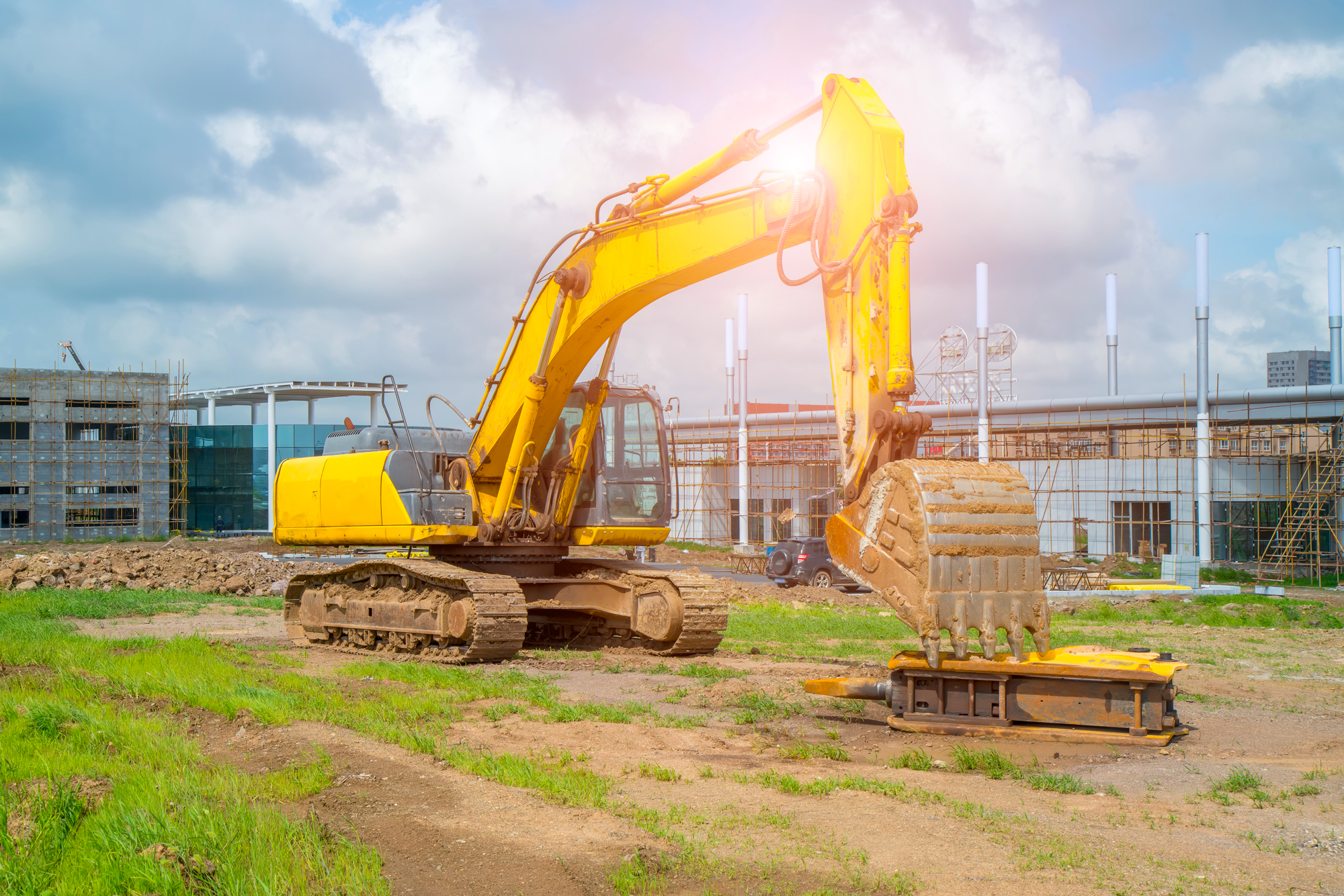Smart Transitions: How to Handle Rack Liquidation and Warehouse Demolition
Starting Fresh: The Inevitable Need for Change in Storage Spaces
It was once a fully operational facility, buzzing with forklifts and organized rows of towering shelves. Today, it’s a quiet, empty building awaiting its next chapter. As industries shift and businesses scale or relocate, the need to liquidate warehouse racks becomes essential. This isn’t merely about removing metal structures; it represents a broader strategic transition. From clearing out outdated systems to preparing spaces for modern operations, such changes highlight how vital effective rack liquidation can be in maintaining financial and operational efficiency during times of business evolution.
Understanding the Process of Liquidating Warehouse Racks
The decision to liquidate warehouse racks is often driven by multiple factors—relocation, downsizing, or even business closure. Racks and shelving units, which were once key assets, must be assessed, dismantled, and sold or repurposed. This process involves a detailed understanding of the equipment's condition, market demand, and logistical requirements for removal. Ensuring racks are removed safely and without damaging the property is crucial. Moreover, timely liquidation can recover value from unused assets, turning a once stagnant investment into liquid capital for future use.
When the Infrastructure Outlives Its Purpose
In some cases, liquidation alone is not sufficient. Warehouses, especially older facilities, may be scheduled for complete removal or restructuring. This leads to a different but equally important task: warehouse demolition. The decision to demolish a warehouse typically follows a careful cost-benefit analysis. When the building no longer supports modern equipment or safe workflows, clearing the site becomes the most efficient solution. Demolition makes room for advanced infrastructure that aligns better with current logistics needs. This step is pivotal for businesses that prioritize space optimization and regulatory compliance.
Navigating the Complexities of Warehouse Demolition
The execution of warehouse demolition is a highly specialized task that requires precision planning and coordination. From obtaining necessary permits to ensuring safe handling of materials like asbestos or lead-based paint, every detail matters. Proper demolition must also consider environmental impacts and sustainable waste disposal. During this stage, structural engineers and safety teams collaborate to ensure the building is dismantled safely. Often, parts of the warehouse such as steel beams and concrete can be recycled, minimizing waste and reducing costs. This comprehensive process sets the groundwork for redevelopment.
The Impact of Strategic Demolition on Business Growth
Investing in warehouse demolition can lead to significant long-term gains. A cleared site offers the freedom to redesign storage systems, improve traffic flow, or even change the facility's purpose altogether. Companies often use the opportunity to implement smart storage solutions or lease the property for additional revenue. By removing inefficient or unsafe structures, businesses create room for innovation and higher productivity. The process is not just about tearing down walls; it is a forward-looking strategy that facilitates transformation and renewed operational capacity.
Conclusion: Seizing New Opportunities Through Smarter Transitions
Every step from needing to liquidate warehouse racks to conducting full warehouse demolition marks an important phase in the life of a facility. These actions reflect a deeper intention to stay agile, maximize asset value, and support long-term goals. Whether it's clearing space for newer technology or monetizing unused equipment, these services are critical to business adaptability. For more details on how professional solutions can simplify this process, visit. Partnering with TCL Pro ensures that transitions are not only efficient but also strategically aligned with future objectives.

Comments
Post a Comment